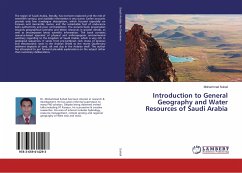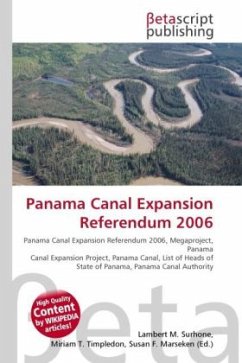The book "Economic Geography" is a work that delves into the complex relationship between geographic space and human economic activities. Throughout its pages, different key topics are addressed that allow us to understand how geography influences the economy at a local, regional and global level. First of all, the classic theories of economic geography are explored, such as the theory of location Alfred Weber's industrial industry, which analyzes how factors such as transportation and natural resources impact the location of industries. Also discussed are the theories of agglomeration and business clusters, which explain how geographic proximity can foster innovation and competitiveness. The book also examines the importance of natural resources and the environment in the economy, highlighting how geography determines the availability and distribution of these resources, as well as the challenges associated with their sustainable management. Reference is made to the economic sectors, particularly the primary one at a global level and in Panama.
Bitte wählen Sie Ihr Anliegen aus.
Rechnungen
Retourenschein anfordern
Bestellstatus
Storno

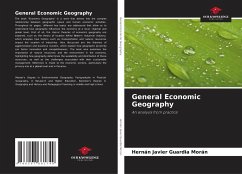
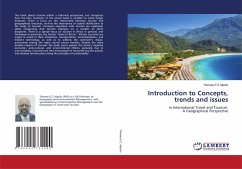
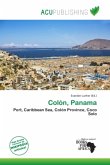
![Guy's School Geography on a New and Easy Plan [microform]: Comprising Not Only a Complete General Description but Much Topographical Information, in a Guy's School Geography on a New and Easy Plan [microform]: Comprising Not Only a Complete General Description but Much Topographical Information, in a](https://bilder.buecher.de/produkte/65/65522/65522980m.jpg)


